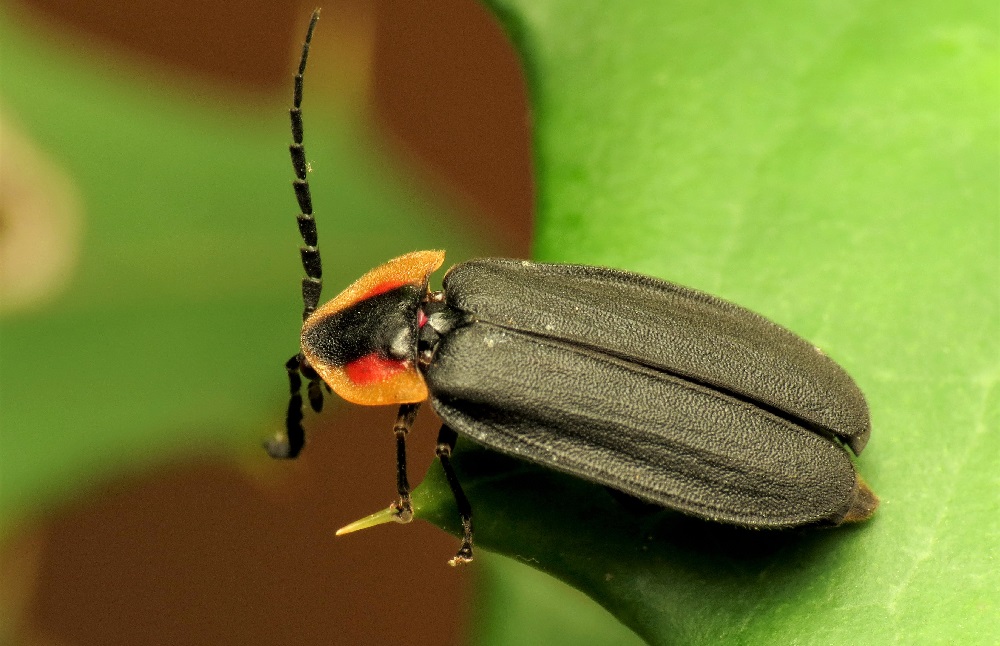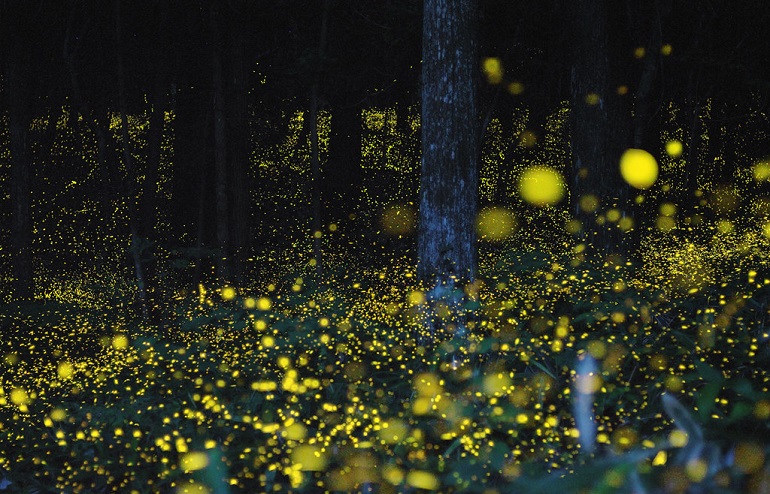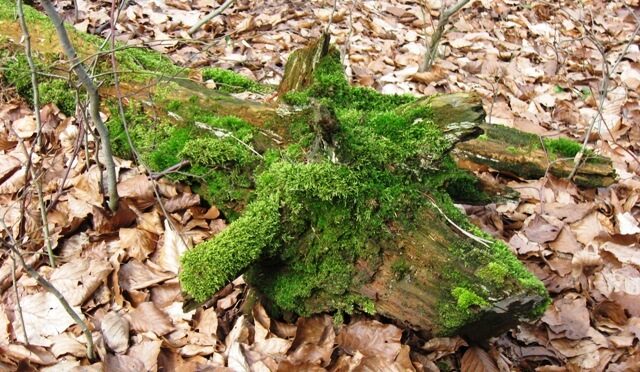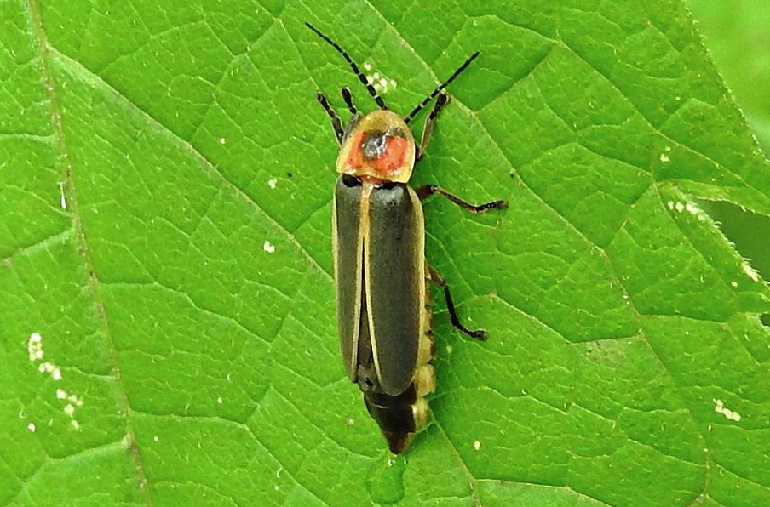Researcher Sara Lewis and co-author Sonny Wong published an article in BioScience magazine called A Global Perspective on Firefly Extinction Threats in early 2020, leading other scientists and conservation enthusiasts to take up the cause.
They wrote, “Despite evidence of declines, a comprehensive review of the conservation status and threats facing the approximately 2000 firefly species worldwide is lacking.”
In January 2019, they conducted a survey to discover which factors have the greatest impacts on firefly numbers so that conservation efforts would finally have the data they need.
Unfortunately, one of their findings was that they were still data deficient to properly assess whether some species of fireflies are endangered, but people have to start somewhere.
They did find that habitat loss, pesticide use, light pollution, poor water quality, invasive species like the red imported fire ant, and climate change were the most serious perceived threats to fireflies.
Are Lightning Bugs Endangered?

Are lightning bugs endangered? The answer is: erm… yes and no. Conservationists have only just started to get any solid data on firefly populations in the United States and Canada, so there isn’t a real baseline with which to compare current numbers.
In the first real assessment of its kind, researchers found that as of 2021, they cannot accurately assess the risk of endangerment for over half the lightning bug population.
They evaluated 128 species and found that 11% of species were threatened with extinction, 2% are near threatened, and 33% were categorized as being “of least concern” for the IUCN (International Union for Conservation of Nature) Red List of Threatened Species.
The most threatened species are the ones that face the worst degradation of their limited natural habitats.
The species at most risk is the Bethany beach firefly, Photuris bethaniensis, whose 20-mile stretch of beach in Delaware is being threatened by encroaching housing developments.
The fireflies live in sand dunes and freshwater-fed depressions along the shore, and as more beach homes go up, the fewer depressions there are.
On the other hand, the more widespread and common lightning bug, the big dipper firefly, is considered to be doing just fine.
Firefly Population

Researchers were driven to assess the well-being of firefly populations due to anecdotal evidence. They wondered: were people really seeing fewer fireflies than they had in their youth, or was it a case of nostalgia painting a rosier past?
In the study conducted by Lewis and Wong, they found that, on average, the decline in global insect abundance is thought to be around 1-2% per year.
For fireflies specifically, there are three main categories of populations: the few species considered not threatened because they have a wide geographic range; the threatened category, which accounts for about 14% of firefly species; and then the remaining 40% of which they really don’t have enough data on to be sure.
Where Are Fireflies Found?
Fireflies are found all around the world, with the exception of Antarctica. (They’re always the exception, aren’t they?) They are beetles belonging to the family Lampyridae, which includes the ones with flickering lights on their butts, glowworms, and daytime dark fireflies.
Firefly eggs are usually laid in soil, moss, or rotting wood. Their larvae live in wet habitats such as streams, wetlands, rivers and lakes, damp fields, and even intertidal zones.
They need plenty of leaf litter and underground burrows to live in, clean water, diverse native plants, and dark night skies.
What Happened to Fireflies? Why Are Fireflies Disappearing?
The most serious perceived threats to fireflies are habitat loss, pesticide use, and artificial lights.
Habitat Loss

Firefly habitat loss is the most serious threat to fireflies across the globe. For the most part, the expansion of human activity is the biggest culprit. In North America, we can blame commercial and residential development, and the same can be said for most of Europe as well.
Road building, water pumping, and water pollution from construction and agriculture jeopardize the wet places fireflies require to lay their eggs. Along the Mediterranean coast, there is also some concern about the abandonment of small orchards and irrigated agricultural plots.
When these lands are no longer being cultivated, they dry out and become less suitable for snails and slugs, which are the main source of food for most firefly larvae.
Similarly, climate change has increased the intensity and frequency of droughts and wildfires, also endangering their native habitat.
In South America, on the other hand, habitat loss is due to the devastation of the rainforest and its natural resources. Illegal logging, strip mining, and the general plunder of the Amazonian basin make it one of the most threatened and fragmented rainforests in the world, which threatens its high firefly biodiversity.
Pesticide Use

Broad-spectrum pesticides present a serious threat to fireflies, as they (obviously) have adverse effects on insect populations. That’s their purpose, after all.
But the problem is that, by definition, broad-spectrum pesticides impact as many insect populations as they can without any way to discriminate between helpful species or pests.
Insecticides are usually administered via aerial spraying, which contaminates broad swathes of soil and water. High concentrations of insecticides in water and soil are harmful to both adult fireflies resting on treated areas, as well as the larval forms for aquatic and terrestrial firefly species.
These insecticides can also be harmful when fireflies ingest contaminated prey. Most problematically, aerial sprays of certain insecticides targeting mosquitoes are often conducted at dusk to maximize their efficiency, but this is also when fireflies are most active, placing them at risk.
Artificial Light Pollution
You may not be aware, but light pollution plays a massive role in raising fireflies’ risk of extinction. ALAN, or Artificial Light At Night, is ranked as the second most serious threat to firefly species.
ALAN is defined as “both direct lighting that affects a localized area (e.g., gas flares at petrochemical plants, streetlights, sports arenas, commercial signage, security lights, billboards) and skyglow, a more diffuse illumination that can exceed full-moon levels and can spread light far beyond urban centers.”
The rise of ALAN affects many nocturnal species, particularly fireflies, who rely on their flashing to attract mates and warn predators. Some species of fireflies require complete darkness for mating to occur and are, therefore, particularly sensitive to the light pollution of any kind.
Fireflies have a very short adult lifespan, which gives them a very narrow window in which to reproduce. If that short window is interfered with by light pollution, some species may fail to reproduce altogether.
To Sum It Up
Interrupted firefly flash patterns and loss of habitat lead to fewer firefly eggs laid, which means fewer firefly larvae, which are in turn impacted by pesticides and contaminated prey…. which would mean no more fireflies.
Are Fireflies Extinct?
Fireflies are not extinct… yet. If firefly conservation isn’t able to secure a safe harbor for the species with a limited geographic range, then some species face extinction soon.
Fireflies are particularly vulnerable during the larval stage, which is significantly longer than their adult phase of life.
What Can You Do to Help Fireflies?

The only way to help these magical beetles survive is to preserve their natural habitats, control light pollution, reduce insecticide use, and develop guidelines for sustainable tourism. So what does that mean to the average person?
There are a number of things we can do to help:
- Leave areas of leaf litter on your land, in gardens, or in other areas
- Mow less
- Replace high-maintenance lawns with native plants
- Reduce or eliminate the use of chemicals and pesticides (especially pesticides like neonicotinoids).
- Stop killing slugs and snails. Yes, they eat some of your plants, but they provide food for firefly larvae.
- Eliminate invasive species
- Reduce unnecessary outdoor lighting like security lights, and close window blinds at night.
- Participate in community science projects like Firefly Watch, which is a program led by researchers from Tufts University and the Mass Audobon Society to help count firefly populations.
Conclusion
The unfortunate truth is that humans pose the greatest threat to fireflies. These beetles need us to be better land managers in order for them to survive.
We need to stop their habitats from disappearing, use less chemicals and pesticides, and stop treating insects like they aren’t crucial to the conservation of our fragile ecosystem.


